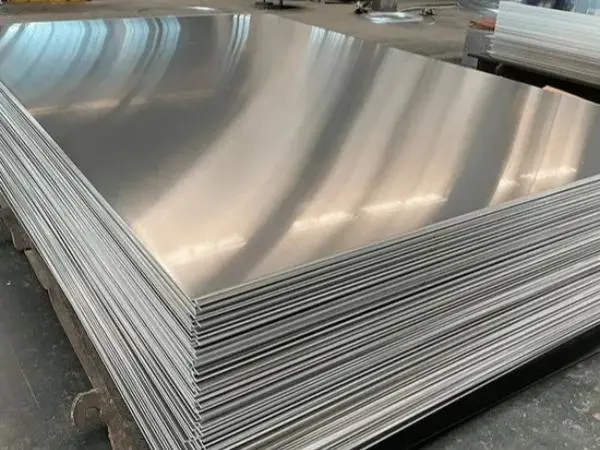- Phone0086 731 8564 8255
- E-mailsales@cscsteel-manufacturing.com
-

Selecting the right pipe flange is essential for ensuring the smooth and efficient operation of a pipeline system. Factors such as pipe material, size, and pressure must be carefully considered. Furthermore, attention to detail during installation and regular maintenance is crucial to prolong the service life of the flange and ensure reliable pipeline performance.
Continental Steel Co., Ltd is professional pipe flange manufacturer, for more details, please contact:sales@cscsteel-manufacturing.com
Selection of Pipe Flanges
- Material Selection
The material of the pipe flange should match the chemical composition and properties of the medium being transported through the pipeline. Common materials include carbon steel, stainless steel, lead, copper, nitrile rubber, and PVC. Stainless steel flanges are typically chosen for corrosive media, while high-temperature alloys are preferred for pipelines carrying high-temperature media.
- Size Selection
The size of the flange is determined by the diameter of the pipeline. Flanges come in both standard and non-standard sizes. Standard sizes adhere to international or national standards, while non-standard sizes must be custom-made to fit the specific dimensions of the pipeline.
- Pressure Level Selection
The pressure level of the flange should correspond to the pressure within the pipeline system. Common pressure levels include PN0.25, PN0.6, PN1.0, PN1.6, PN2.5, PN4.0, PN6.3, PN10, PN16, PN25, and PN40, among others. The appropriate pressure rating is typically selected based on the system’s working pressure and temperature.
Installation of Pipe Flanges
- Preparation Before Installation
Prior to installation, all components—such as flanges, gaskets, and bolts—should be inspected and cleaned to remove any debris or dust. Ensure that the pipe’s length, diameter, and elbows meet design specifications. Additionally, check that the flange bolt holes align properly.
- Flange Connection
Align the flange with the pipeline installation and verify that the flange gap is uniform. Bolts should be tightened using a diagonal pattern, with each bolt being tightened alternately in a circular motion. Care should be taken not to overtighten or leave bolts too loose, as this could affect the flange’s service life.
- Pressure Test
Once the flange is installed, a pressure test is required to confirm the integrity of the connection. Typically, a water pressure test is used, with the test pressure being 1.5 times the pipeline’s maximum working pressure. The test should last for at least 10 minutes to ensure the connection holds.
Maintenance of Pipe Flanges
- Regular Inspection
Regular checks are essential to ensure the flange remains in good condition. Inspect the flange bolts to ensure they are secure and check for any gasket aging or wear. If any issues are found, components should be replaced promptly. Additionally, inspect the pipeline’s anti-corrosion layer and repair any damage as needed.
- Consider the Pipeline Medium
The properties and temperature of the pipeline medium can significantly affect the flange’s lifespan. For pipelines with corrosive media, anti-corrosion treatments are essential, while high-temperature pipelines require flanges made from heat-resistant materials.
- Avoid Mechanical Impact
To prevent damage or premature wear, it’s important to avoid mechanical impacts and excessive vibration around the pipe flange during operation. Proper handling and minimizing external forces will help maintain the flange’s integrity.
Conclusion
Pipe flanges are crucial components in a pipeline system, and understanding how to select, install, and maintain them is vital to ensuring the smooth operation of the system. By choosing the right materials, sizes, and pressure ratings, and performing careful installation and regular maintenance, you can extend the life of your flanges and ensure the ongoing reliability of your pipeline.




